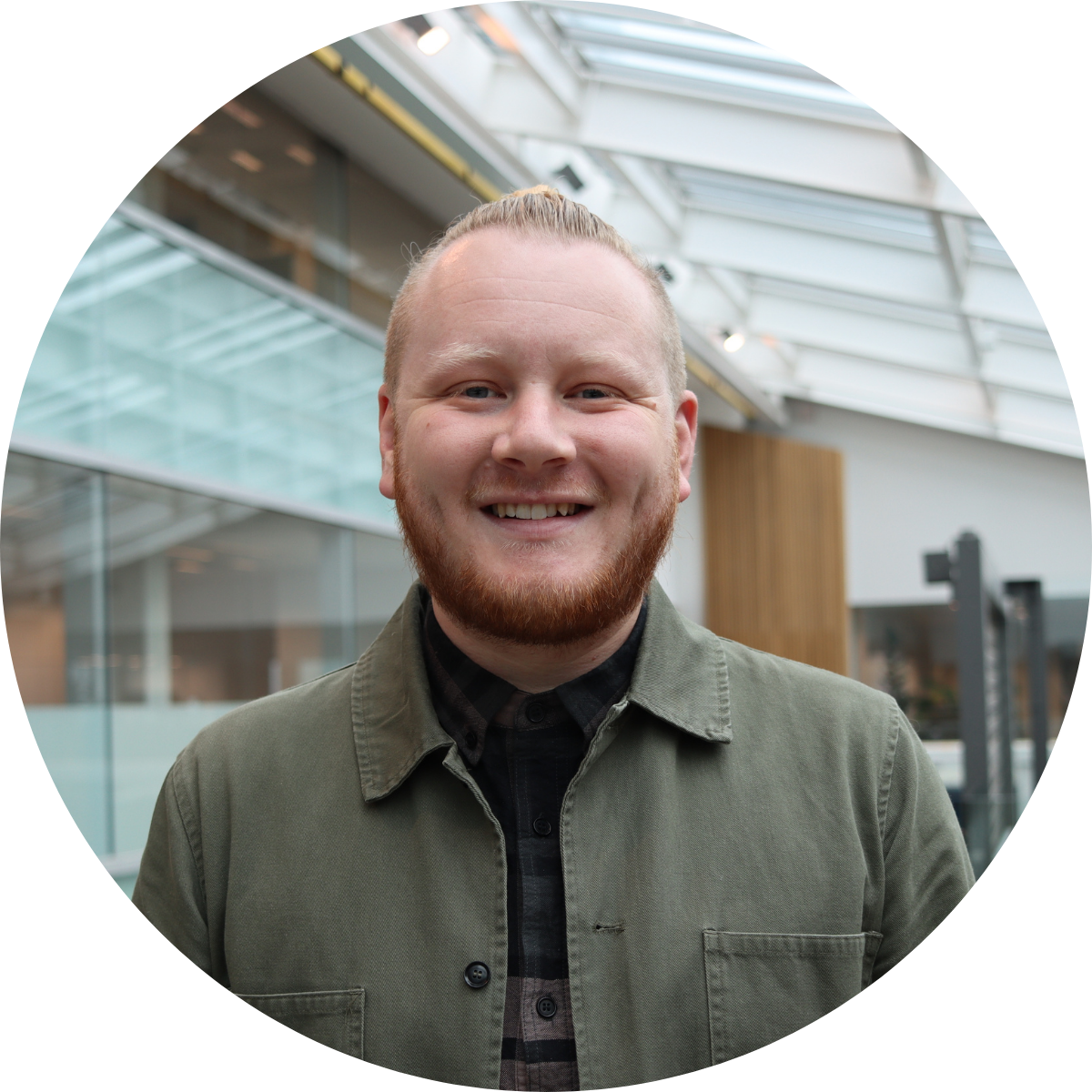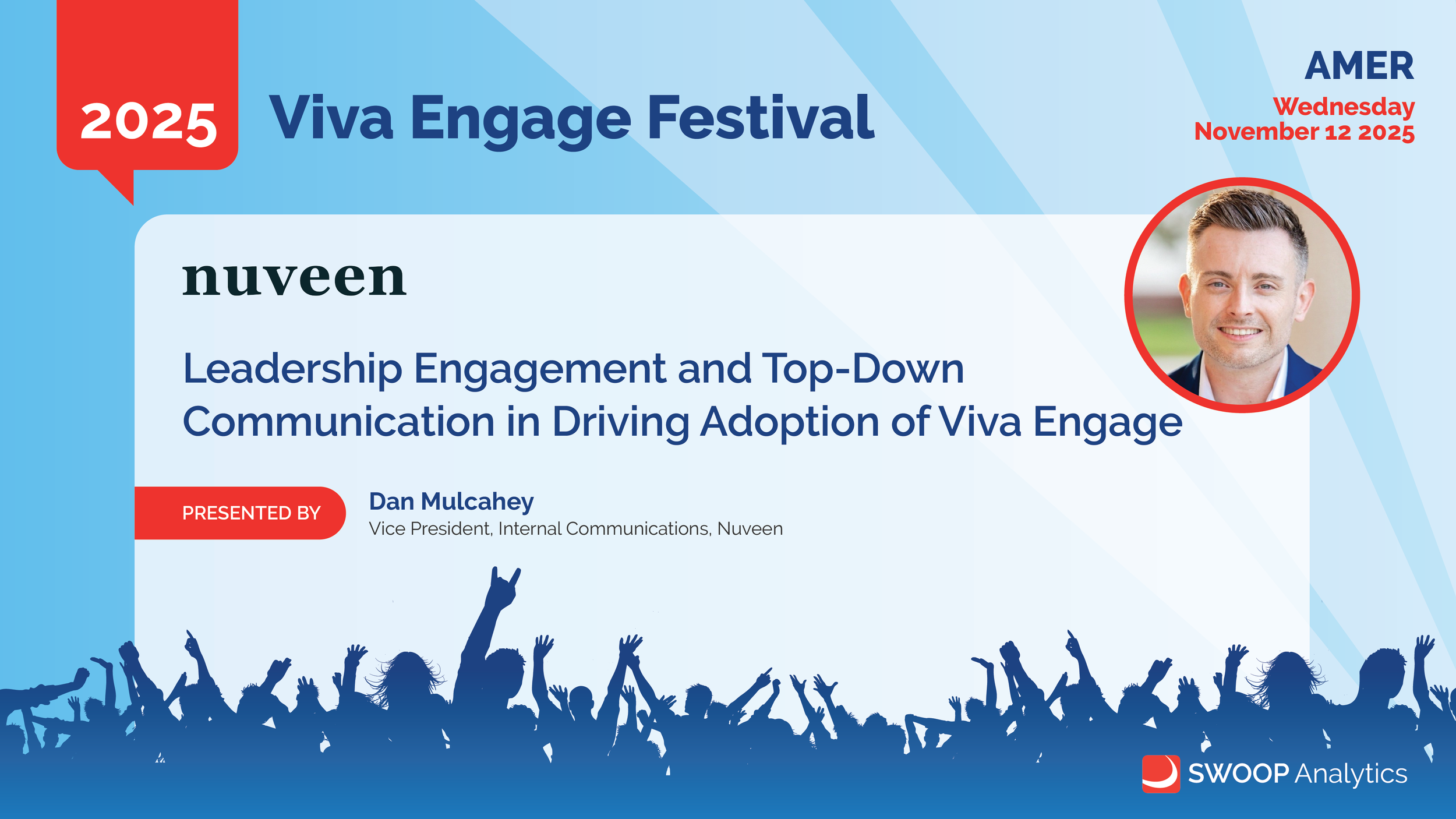Making leadership visible, accessible and actively involved
What this session was about
ACC needed more two-way communication and better visibility of leaders. Sam shared how they secured full exec buy-in, rebuilt leadership communication habits, and turned Viva Engage into their core communications channel.
-
Key Messages
ACC launched Viva Engage as a response to employee need.
Staff wanted more visibility, more authentic leadership posts, and a place to ask questions.They built a strong business case for the executive team.
A simple, clear, evidence-based deck secured unanimous approval.They replaced “Outlook-style” CEO updates with Engage announcements.
This was a major signal that Engage was now the source of organisational communication.The CEO modelled the behaviour early.
His posts reached 85% of the organisation, setting a performance benchmark for others.Exec onboarding was done 1:1 and highly personalised.
Sam sat with each leader to set up their device, walk through how to post, and answer concerns.Publishing support was available (via EAs and advisors).
Leaders could post themselves or delegate without stigma.Clear expectations were set for each exec community:
What they would post
How often
What employees could expect
How they were expected to respond and engage
Communities were created using pre-existing SharePoint groups.
Ensuring membership was accurate, automatically maintained, and low effort.Internal comms acted as business partners, not content police.
They coached leaders, co-created content, and stayed close to each business unit.Momentum and sentiment improved rapidly.
Engagement rose across multiple regions, and leaders became more proactive and confident.
What can you take from this
Executive engagement isn’t magic — it’s onboarding, expectation-setting and follow-up.
Leaders need to see themselves on Viva Engage before they believe in it.
Communities thrive when they’re built around real people, not structure charts.
Consistent leadership behaviour normalises two-way communication.
Culture shifts when internal comms becomes a partner, not a publisher.
Meet the speaker:
Sam Parker
Senior Communications, Channels & Content Specialist






